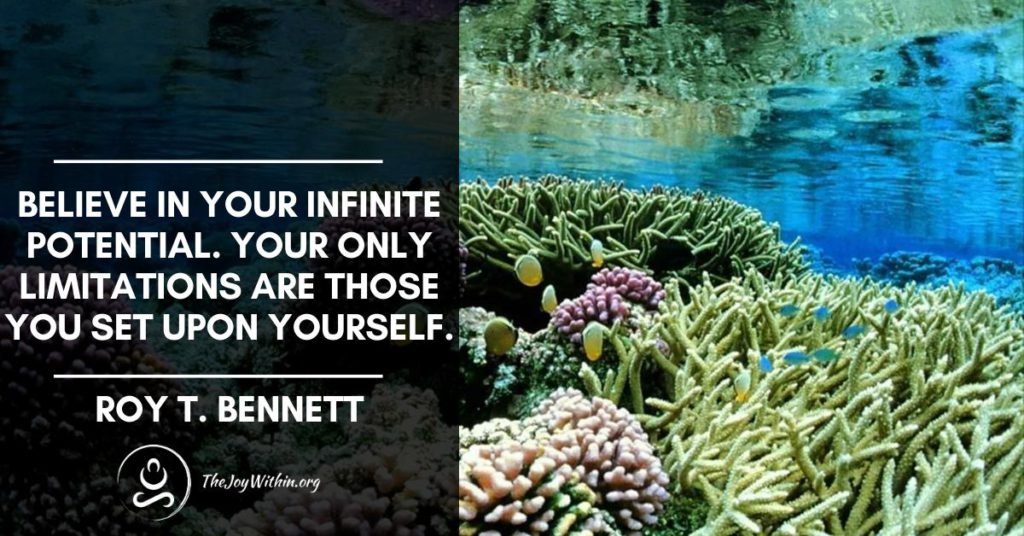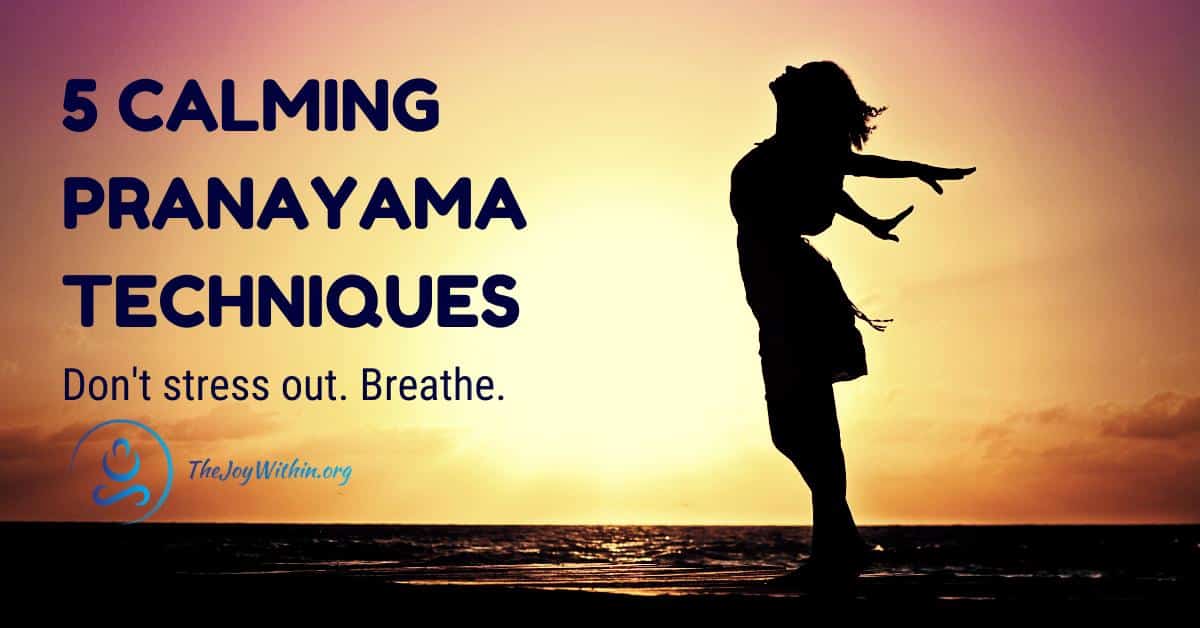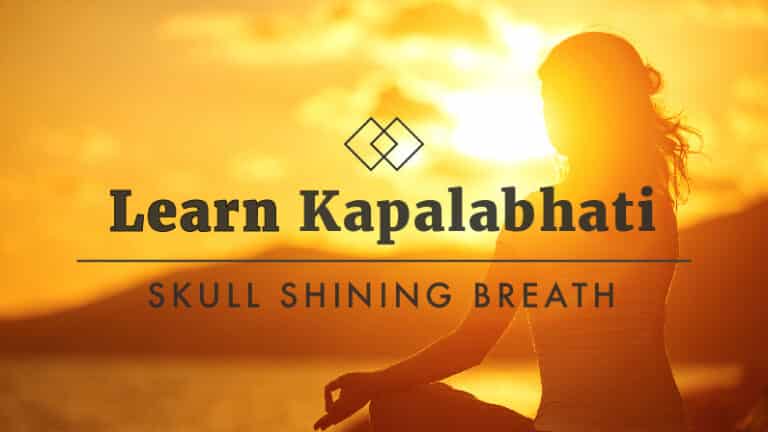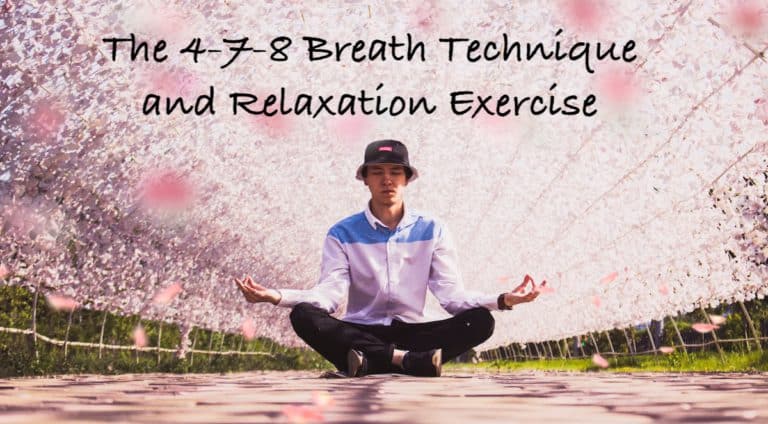We are constantly breathing it is necessary for us to live, but how often are we consciously breathing. Through tuning into the breath yogis found profound effect within the mental, physical, and emotional bodies. We are able to create energizing or calming techniques through different techniques. Learn the difference between cooling and warming pranayama here.
What Is Pranayama?
The translation of the work pranayama begins to explain how extensive the effects are. Prana can be understood as chi or life force energy. It is the essence that circulates through all life keeping it alive.
Ayama means to extend. Therefore through the act of pranayama techniques, we are extending our vital lifeforce energy. The effects of pranayama are not only limited to cultivating mental focus and clearing the mind.
Physical Benefits of Pranayama
Since we often are not consciously breathing our breath patterns can become erratic and extremely shallow when we are under stress. We may even find our attention brought back to our breath simply to find we have been holding it!
By lengthening the breath and breathing deeply we are able to shift out of the sympathetic nervous system and into the parasympathetic nervous system. The sympathetic nervous system is where our flight or fight distributes itself into the body.
While the parasympathetic nervous system is also known as the rest and digest response. It is where our body can regenerate itself and feels safe enough to digest. Other benefits of pranayama include regulating circulation and improving digestion and IBS.
Of course, it also improves the respiratory system such as lung capacity and function as well as expiratory power.

Calming Pranayama Techniques
1.Bhramari Pranayama
Bhramari Pranayama is commonly referred to as “ humming bee breath” for the strong vibrations at the back of the skull this creates. It is extremely effective in calming a busy mind due to the drowning out effect the humming sounds produces.
Click here for an in-depth instruction on how to perform this breath.
2.Anuloma Viloma
For this breath, you will be breathing through alternate nostrils which specifically works to create balance within the mental, physical and spiritual bodies. It is a strong ally for the third eye chakra and works to heal headaches, colds, and sinusitis.
Click here for an in-depth guide on how to perform Anuloma Viloma.
3.Ujjayi Breath
This basic breath is incorporated during yoga asanas, or physical yoga poses and has many health benefits. It is performed by using a slight constriction in the throat to create an ocean sounding breath.
Click here to find an in-depth guide on how to perform ujjayi breath.
4. Chandra Bhedana
This breath is similar to Anuloma Viloma. Although with the Chandra Bhedana you will be inhaling and exhaling specifically through the left nostril. The left side of the body is correlated to more calming effects as opposed to the energizing effects of the right.
Click here to find an in-depth guide on how to perform Chandra Bhedana.
5. 4-7-8 Breath Technique
This is a quickly calming breathing technique that relieves stress, lowers hypertension, and blood pressure. It consists of the principle breath in for 4 counts, hold for 7 counts, and exhale for 8 counts.
Click here to find an in-depth guide on the benefits and how to perform 4-7-8 breath.
Expand Your Self-Soothing Tools
To expand your consciousness and connection to your inner peace try our 30 day introduction to meditation.




